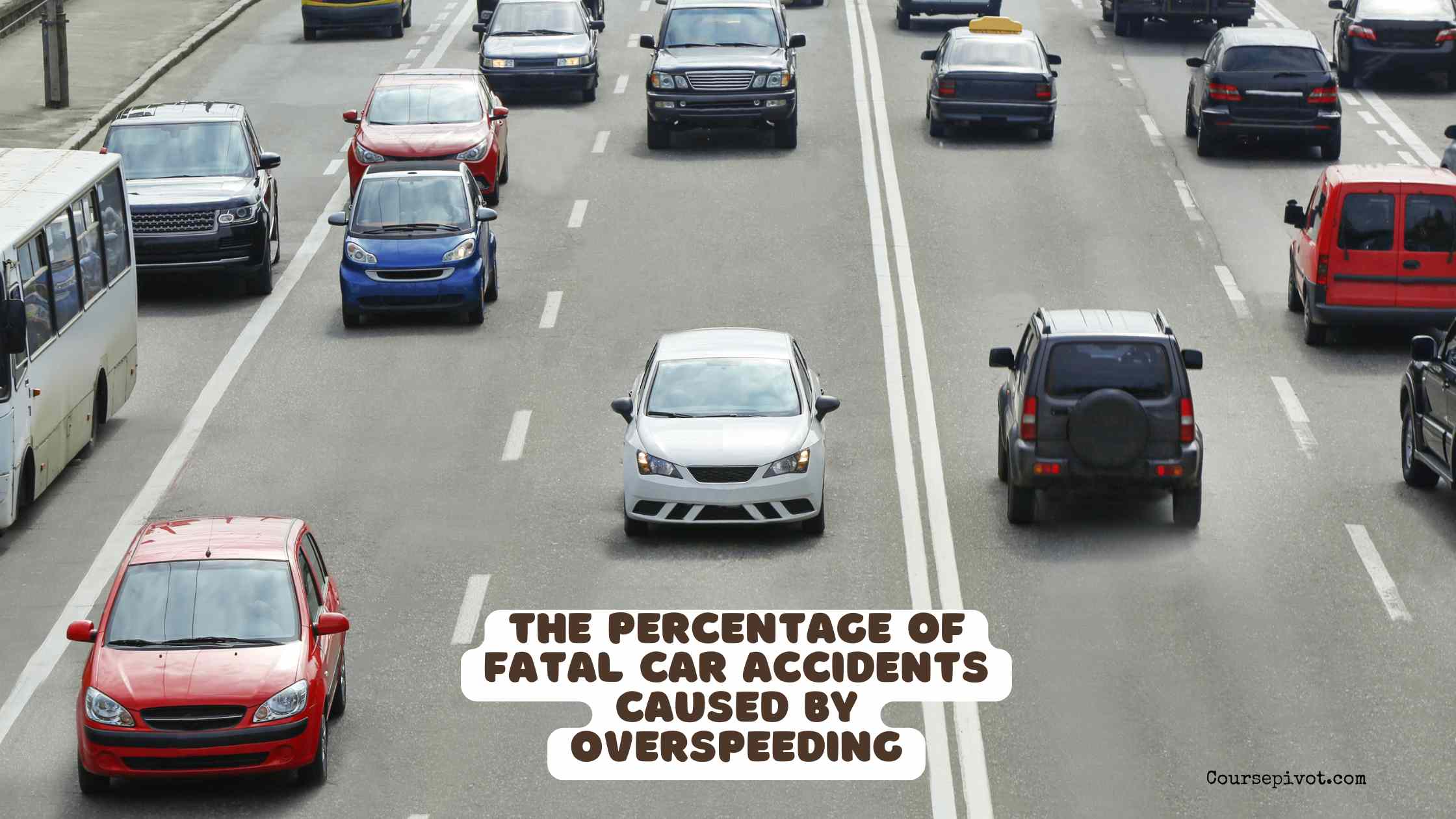
The Percentage of Fatal Car Accidents Caused by Overspeeding
Speeding isn’t just a minor infraction—it’s a killer on American roads. In 2023, overspeeding was a contributing factor in 29% of all fatal car accidents, resulting in 11,775 deaths, according to the National Highway Traffic Safety Administration (NHTSA). That’s an average of over 32 lives lost daily, making speeding the second leading cause of traffic fatalities behind impaired driving.
Table of Contents
The blog dives into what this statistic means, why it’s so alarming, and how it impacts road safety in the USA as of October 2025.
Breaking Down the Numbers
The 29% figure comes from NHTSA’s Fatality Analysis Reporting System (FARS), which tracks crashes where speeding was a primary or contributing factor. This includes exceeding the limit, driving too fast for conditions, or racing. Out of 40,990 total motor vehicle fatalities in 2023—a 4.2% drop from 2022’s 42,795—speeding played a role in 10,541 crashes.
Key highlights:
- Demographics: Young male drivers (15–24) are most at risk, with speeding involved in 33% of their fatal crashes.
- Road Types: Half of speeding fatalities (55%) occur on roads with limits under 55 mph, like urban streets.
- Combinations: 40% of speeding drivers in fatal crashes (ages 21–54) were also alcohol-impaired, amplifying dangers.
Early 2025 data shows a 6.3% drop in fatalities from Q1 2024 (8,055 deaths), with a rate of 1.05 per 100 million vehicle miles traveled—the lowest since 2019—but speeding remains a stubborn factor.
Why This Percentage Is Alarming
At 29%, speeding rivals drunk driving (28% in recent years) as a top killer. It’s not just numbers—each crash shatters families and costs billions in medical, legal, and economic losses (estimated $340 billion annually for all crashes). Vulnerable users like pedestrians and cyclists fare worst: A pedestrian struck at 40 mph has only a 20% survival chance versus 50% at 30 mph.
Post-pandemic, speeding surged due to empty roads and frustration, with 45% of 2023 speeding deaths on wet pavement—where excess speed leads to hydroplaning. Enforcement helps, but personal accountability is crucial.
Trends and Comparisons
- Historical Context: Speeding’s share hovered around 26% in 2019 but climbed to 29% in 2023, despite overall fatality declines.
- By Vehicle: Motorcyclists face 33% speeding involvement in fatal crashes, versus 22% for passenger cars.
- State Variations: Hotspots like California see higher rates due to urban density, but national efforts like NHTSA’s “Slow Down and Save Lives” campaign target all.
Practical Tips to Combat Speeding
- Plan Ahead: Leave early to avoid rushing—better late than never.
- Use Tech: Apps like Waze alert speed traps; set cruise control to the limit.
- Mind Conditions: Reduce speed in rain, fog, or construction—45% of speeding deaths are weather-related.
- Educate Youth: Talk to teens about risks; they’re overrepresented in stats.
- Advocate Locally: Support speed cameras and awareness drives in your community.
Common Myths to Avoid
Don’t think “a little over is fine”—even 10 mph excess doubles injury risk. Avoid blaming “everyone does it”; it’s still deadly and illegal. Don’t ignore wet roads; they’re a speeding hotspot.
Tailoring to Your Drive
Commuters: Focus on traffic apps to ease frustration. Parents: Model safe speeds for kids. Highway haulers: Prioritize stopping distances. Adjust habits to your routine for real impact.
Key Takeaways
29% of fatal car accidents in the USA are caused by overspeeding, killing 11,775 in 2023 and endangering all road users. This statistic, from NHTSA’s latest data, underscores speeding’s role in crashes, especially among young drivers and on urban roads. By planning ahead, using tech, and respecting limits, you can help lower it. Safe speeds save lives—what’s your commitment to slower, safer roads?
Cite this article
You can copy and paste your preferred citation format below.
Martin, L. & Arquette, E.. (2025, October 1). The Percentage of Fatal Car Accidents Caused by Overspeeding. Coursepivot.com. https://coursepivot.com/blog/the-percentage-of-fatal-car-accidents-caused-by-overspeeding/



